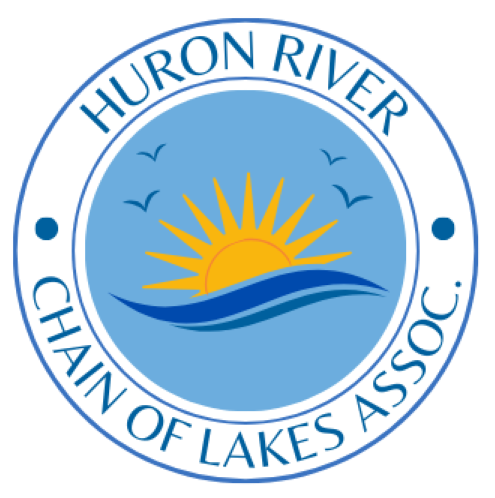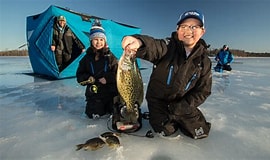Lake Ice Safety for Winter Activities
Lakes in our region are experiencing notable changes due to climate warming, affecting ice conditions and safety for winter activities. Research indicates that lakes are warming faster than surrounding air temperatures, especially those that are seasonally ice-covered. Shorter ice durations are becoming common, making traditional assumptions about ice safety increasingly unreliable. While we have long enjoyed ice fishing, skating, and snowmobiling, the shifting conditions demand more caution and awareness of the risks.
One critical change is the variability in ice formation and thickness. Warmer winters delay ice formation and result in thinner, less stable ice throughout the season. This variability can lead to unexpected hazards, as areas that previously supported recreational activities may now be unsafe. Shallow lakes tend to respond more directly to air temperature changes, while deeper lakes might experience more rapid and uneven warming. Both scenarios increase the complexity of predicting safe ice conditions.
To ensure safety, understanding and following updated ice safety practices is crucial. The traditional “rule of thumb”—like needing at least 4 inches of clear ice for walking and 8-12 inches for vehicles—must now be coupled with local observations and expert assessments. Avoid venturing out alone, always carry safety equipment such as ice picks, and keep a flotation device handy. Use technology such as ice condition apps or consult local authorities to verify the latest conditions. These measures are vital as unpredictable ice thickness becomes more common.
For both long-time residents and newer enthusiasts, adapting to these changes involves acknowledging the broader impacts of climate change on our cherished lakes. Increased awareness and proactive safety measures can help sustain our traditions while minimizing risks. By staying informed and prepared, we can continue to enjoy our lakes responsibly and safely, fostering a deeper respect for these evolving natural environments.

